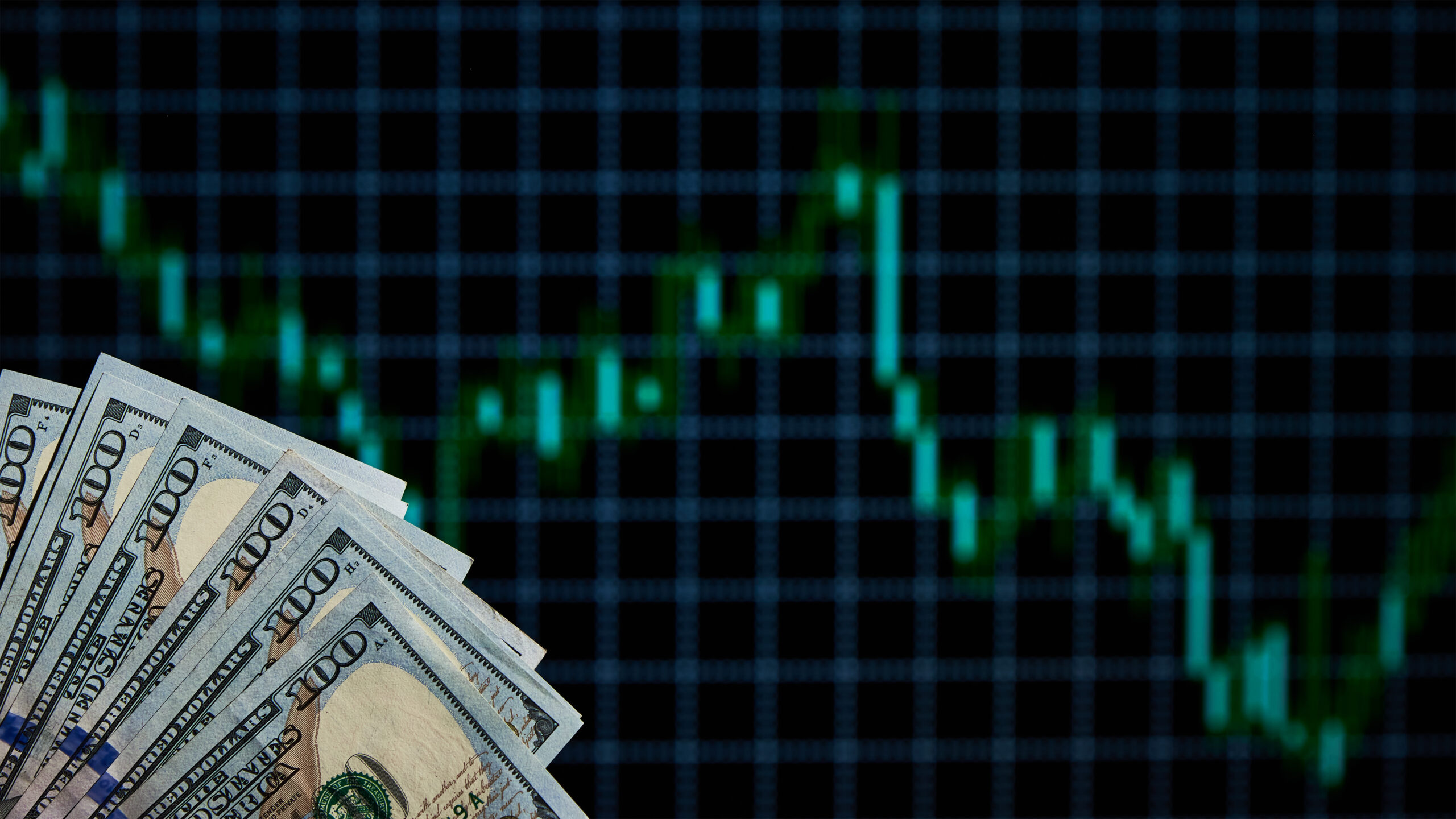Introduction
The financial markets are buzzing with anticipation as the Federal Reserve (Fed) inches closer to what many believe will be the start of a new rate-cutting cycle (Fed Rate Cuts). The potential for changes in interest rates has investors on edge, with significant implications for the stock market, the U.S. Dollar Index (DXY), and gold prices. As we move through this critical period, it’s crucial to understand how these elements interact and what they could mean for your investments.
In this blog post, we’ll explore the possible outcomes of the Fed’s decisions, the behavior of the stock market, the DXY, and the gold market. We’ll delve into historical patterns, current trends, and what you can expect in the coming weeks and months.
The Fed’s Likely Move: Rate Cuts Ahead?
This past week has been particularly eventful, with the Federal Reserve signaling that a policy shift might be on the horizon. Without explicitly saying so, the Fed has hinted that it may soon start lowering interest rates. The big question now is: by how much?
25 Basis Points vs. 50 Basis Points
As it stands, a 25 basis point cut seems most likely. However, there’s a caveat—market behavior leading up to the Fed’s meeting in the third week of September could influence this decision. If the markets experience significant volatility, such as a major sell-off, the Fed might opt for a more aggressive 50 basis point cut to stabilize the situation. Conversely, if the markets remain stable or only slightly lower than current levels, a smaller 25 basis point cut could be sufficient.
Historical Context: How Fed Rate Cuts Impact Markets
To understand the potential impact of upcoming rate cuts, it’s helpful to look at historical data. In past cycles, when the Fed began lowering rates, the stock market often declined along with it. This pattern occurred in the late 1990s and early 2000s, as well as during the 2007-2008 financial crisis.
When the Fed cuts rates, it’s typically because the economy is slowing down. This slowdown often leads to higher unemployment, shrinking corporate profits, and reduced overall demand. As the Fed lowers rates to stimulate borrowing and spending, it takes time for these actions to filter through the economy. During this lag, companies may report lower profits, leading to stock market declines.
The Stock Market’s Response: What to Expect
Currently, the stock market is enjoying the prospect of lower interest rates, but this optimism may be short-lived. Historical data shows that markets often drop in the early stages of a rate-cutting cycle. This is largely because the need for rate cuts usually signals underlying economic weakness, which eventually weighs on stock prices.
Potential Scenarios
If the stock market maintains its current levels or only drops slightly before the Fed meeting, a 25 basis point cut is likely. However, if we see a significant market correction—say a 5-10% drop—before the meeting, the Fed might decide to implement a more substantial 50 basis point cut. This larger cut would aim to prevent a deeper economic downturn by encouraging more aggressive borrowing and investment.
Market Trends and Divergences
One of the key indicators to watch is the divergence between the market’s price action and technical indicators like the Relative Strength Index (RSI). Currently, the market is nearing its all-time highs, but the RSI suggests that momentum may be waning. This divergence could be a precursor to a market correction, especially if the Fed’s rate cuts don’t meet market expectations.
The Dollar Index (DXY): Entering the Puke Zone
As the Fed prepares to lower rates, the U.S. Dollar Index (DXY) has entered what some traders call the “puke zone.” This term refers to a period of extreme negative sentiment, where investors have largely given up on the dollar.
Indicators of a Bottom
Despite the current bearish outlook on the dollar, several technical indicators suggest that a bottom might be near. The DXY has breached the lower Bollinger Band—a signal that has historically preceded strong rebounds. Similarly, while the DXY is making lower lows in price, the RSI is not following suit, indicating a potential bullish divergence.
A Rebound on the Horizon?
Given these signals, the dollar could be poised for a sharp recovery. If the DXY does rebound, it could result in a rapid move upwards, potentially reversing the recent downtrend. This rebound might be further fueled by a broader market sell-off, as investors seek the relative safety of the U.S. dollar.
Gold: A Safe Haven in Turbulent Times?
Gold has been on a sustained uptrend for over a year, climbing steadily as global economic uncertainty persists. However, as we approach a possible Fed rate cut and a potential dollar rebound, gold might face some headwinds.
The Gold vs. Dollar Dynamic
Gold and the dollar often have an inverse relationship: when the dollar strengthens, gold tends to weaken, and vice versa. If the dollar rebounds as expected, gold might experience a short-term pullback. This correction could be an opportunity for investors to enter the gold market at a lower price before the next leg up.
Long-Term Outlook for Gold
In the long term, however, gold remains a strong investment. The anticipated Fed rate cuts are likely to create an environment of lower real interest rates, which is generally supportive of gold prices. As lower rates make holding non-yielding assets like gold more attractive, demand for the precious metal could rise.
Conclusion: Navigating the Uncertain Waters
As we move closer to the Fed’s next meeting, the financial markets are likely to experience increased volatility. The potential for rate cuts, coupled with the behavior of the stock market, the U.S. dollar, and gold, creates a complex landscape for investors.
Key Takeaways:
Fed Rate Cuts:
A 25 basis point cut seems most likely, but market volatility could prompt a larger 50 basis point reduction.
Stock Market:
While the market is currently bullish, historical trends suggest that a rate-cutting cycle could lead to a downturn
Dollar Index:
The DXY is nearing a potential bottom, with a strong rebound possible in the near term.
Gold:
While gold might face short-term pressure, it remains a solid long-term investment, especially in a low-interest-rate environment.
For investors, the key is to stay informed and be ready to adapt as the market conditions evolve. Whether you’re looking at equities, currencies, or commodities, understanding the interplay between these factors will be crucial in navigating the months ahead.
Fed rate cuts.
If you’re interested in learning more, join our free Discord community- Road to A Million Club! It’s a great place to share ideas and learn from other traders.
Choose Your Path: https://edge.forex



